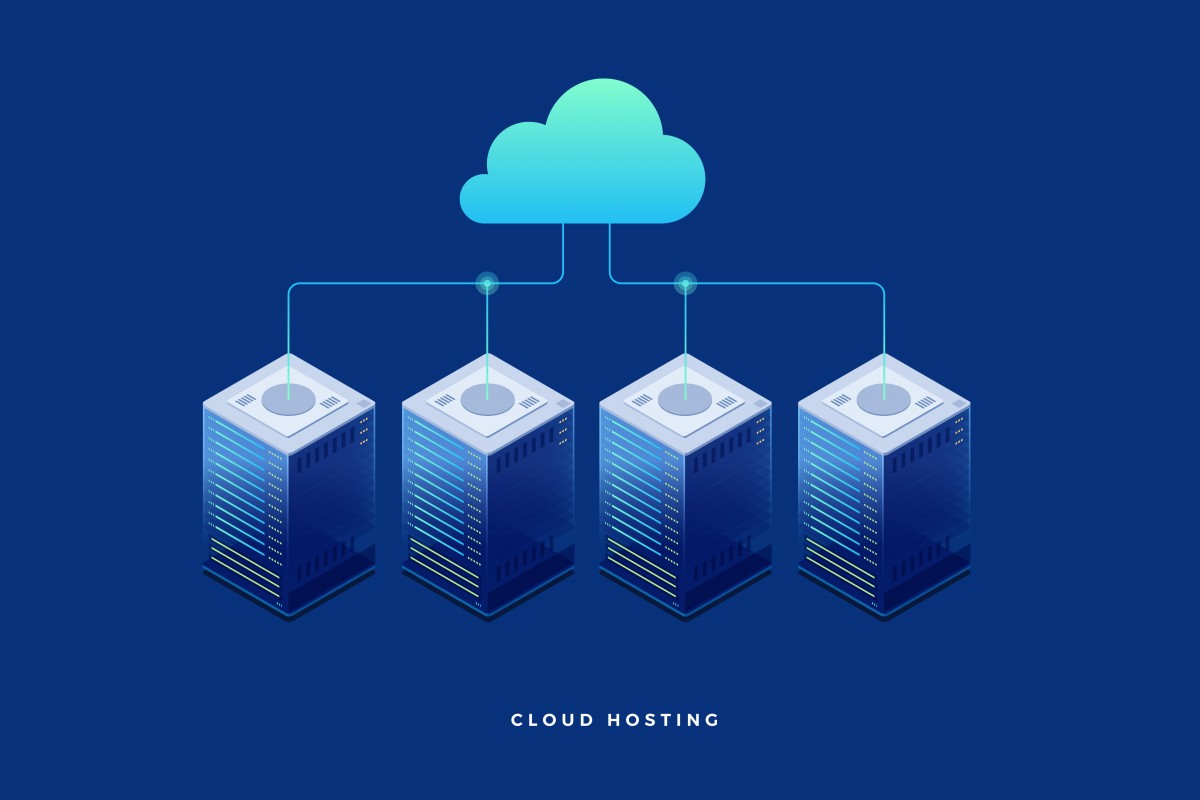A new independent survey from VansonBourne sponsored by Software AG found that one in four Global Fortune 2000 enterprises rank Internet of Things (IoT) deployment as the most important initiative in their organisation yet 90% experience barriers to effective implementation and expansion due to lack of IoT expertise and skills in-house. The survey queried 800 senior IT and business decision makers at organisations with a global annual revenue of $500M and higher across 13 different countries in North America, Europe and Asia Pacific. The respondents came from organisations that were deploying IoT platforms and the respondents themselves had some level of involvement and responsibility for selecting and maintaining those solutions.
98% of respondents stated that they are already generating some level of return from their IoT investments yet 89% still believe that they must improve their approach to IoT to further improve ROI. Most respondents report achieving specific business benefits from their early IoT implementations with 39% citing production capacity increases and higher customer satisfaction and 38% making better informed business decisions. Respondents with the highest rate of satisfaction with their IoT deployments used a hybrid implementation approach – namely buying an IoT platform from an external vendor and then building upon it with customisation done in-house, giving them the flexibility, they require within the framework of a reliable platform.
According to the survey, the biggest barrier to effective IoT implementation is lack of internal expertise and skills according to 31% of respondents. Other barriers include the inability to manage and process large volumes of data (29%), integration issues (28%), too many legacy systems (28%), inability to scale the network to meet IoT demands (26%) and cybersecurity challenges (25%).
The majority of respondents (93%) employed some level of hybrid approach to IoT implementation – both buying an IoT platform from an external vendor and then adding customisation internally. When evaluating IoT platform vendors, respondents stated that they are looking for an innovative partner (46%), with a solution that can be easily integrated across an entire organisation (40%), with customisation that suits their specific needs (39%).
“Organisations know they cannot deliver IoT with off-the-shelf packaged applications or with ground-up in-house builds,” said Anthony Sayers, Internet of Things Evangelist at Software AG. “They need to rapidly deploy IoT in way that is easy to customise, open enough to seamlessly integrate with their existing landscape while remaining proven, secure and robust. This points to the need for a platform with rich functionality out-of-the-box that still gives customers the ability to quickly create business solutions to suit their unique needs.”
According to Datta, Global Fortune 2000 customers are on the road to realising this goal with IoT platforms but still need greater collaboration with their vendor partners to really achieve it.
Datta pointed out that 72% of survey respondents feel that their IoT platform vendor could and should be doing more to help them. And, they want to realise better IoT platform functionality with 49% seeing high reliability and 48% seeking enhanced security as two key attributes they want from their external vendor IoT platforms. Furthermore, as more organisations seek carrier-grade IoT platforms, they will continue to depend on external vendors to achieve that level of stealth functionality and reliability.
Most organisations are still in the early stages of their IoT implementations which explains why 89% of survey respondents believe that their organisation needs to improve its plans for IoT. At the same time, there is tremendous optimism and confidence regarding how their IoT implementations can transform their organisations and make them more competitive in the future. 98% of respondents stated that all business processes and functions within their organisations have been or expect to be positively impacted by IoT. Those functions include customer service/relationships, product/service delivery, supply chain management, marketing/sales, product/service development, employee/HR processes, infrastructure management, contact center/support, accounting/finance and administration.
Regarding IoT deployment in 2019 and beyond, most organisations are looking to deploy IoT on the edge but are struggling to do so - 80% of respondents want to deploy IoT on the edge but only 8% are actually doing that today. By combining IoT and edge computing, organisations can shift the workload of processing IoT data closer to, or in some cases on the device itself. For example, instead of sending all the data from a wind turbine to the cloud and processing the data centrally, users can process data and analytics locally and then send the results to the cloud. This reduces network load, cloud processing and storage requirements while making IoT in areas without reliable networks possible.
According to market research firm IDC, the IT spend on edge infrastructure will reach up to 18% of the total spend on IoT infrastructure by 2020. That spend is driven by the deployment of converged IT and OT systems which reduces the time to value of data collected from their connected devices.
The VansonBourne survey analyses how each geography is progressing with deploying IoT on the edge and the full report can be found here (add link). The survey also covers the following:
- How the approach to IoT implementation differs in each region (U.S, Canada, Germany, UK, France, Netherlands, Nordics, Hong Kong, Japan, Australia)
- How the approach to IoT differs in key industries (process manufacturing, discrete manufacturing, transportation and logistics, utilities, energy and natural resources)
- Key drivers for IoT investment
- How organisations measure ROI from IoT
- IoT barriers and benefits
- IoT platform purchasing versus building
- Decision making responsibility for IoT
- Performance improvements by country and industry sectors
- How organisations will deploy IoT in the future
- Future plans for deploying IoT on the edge





